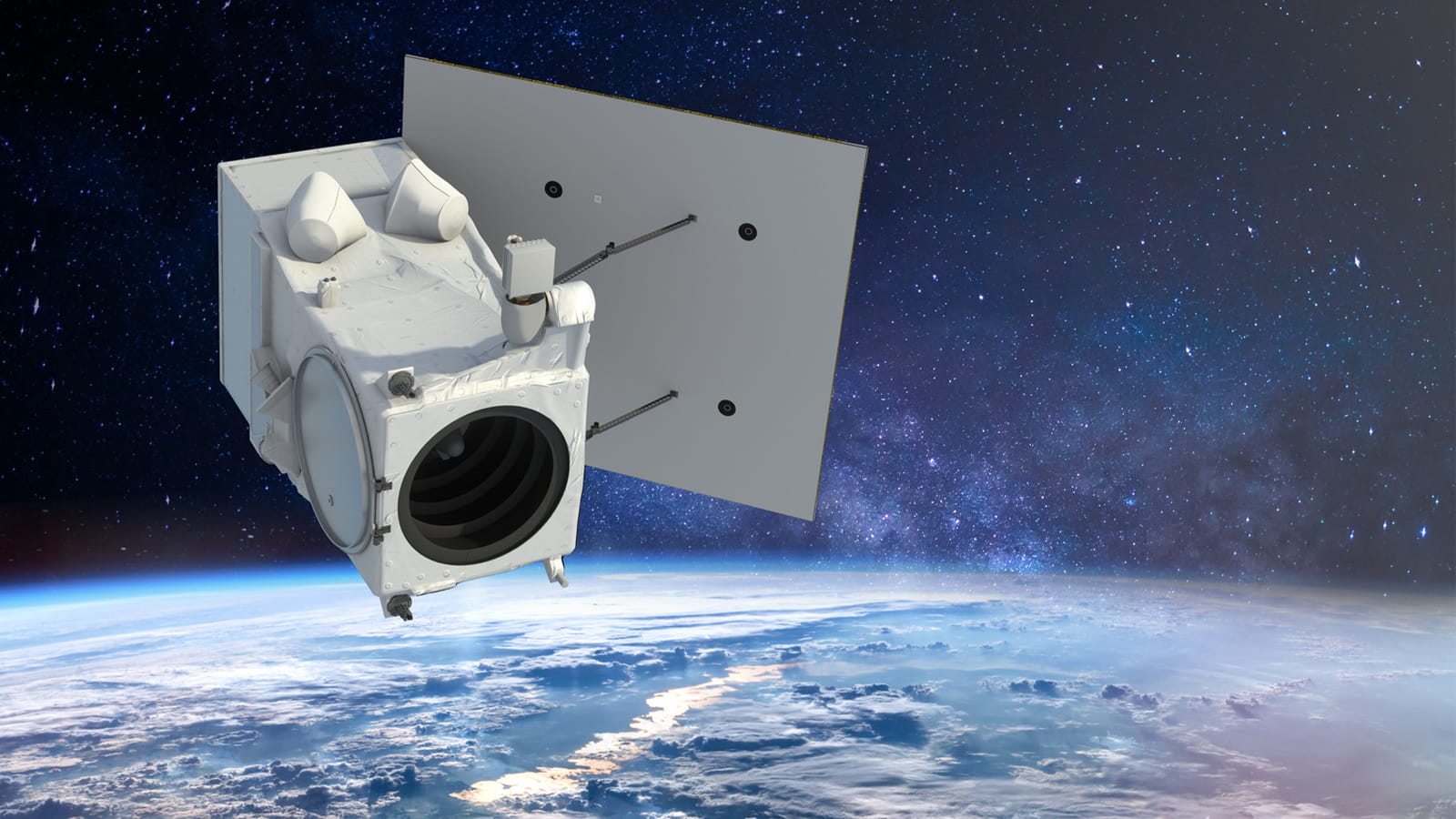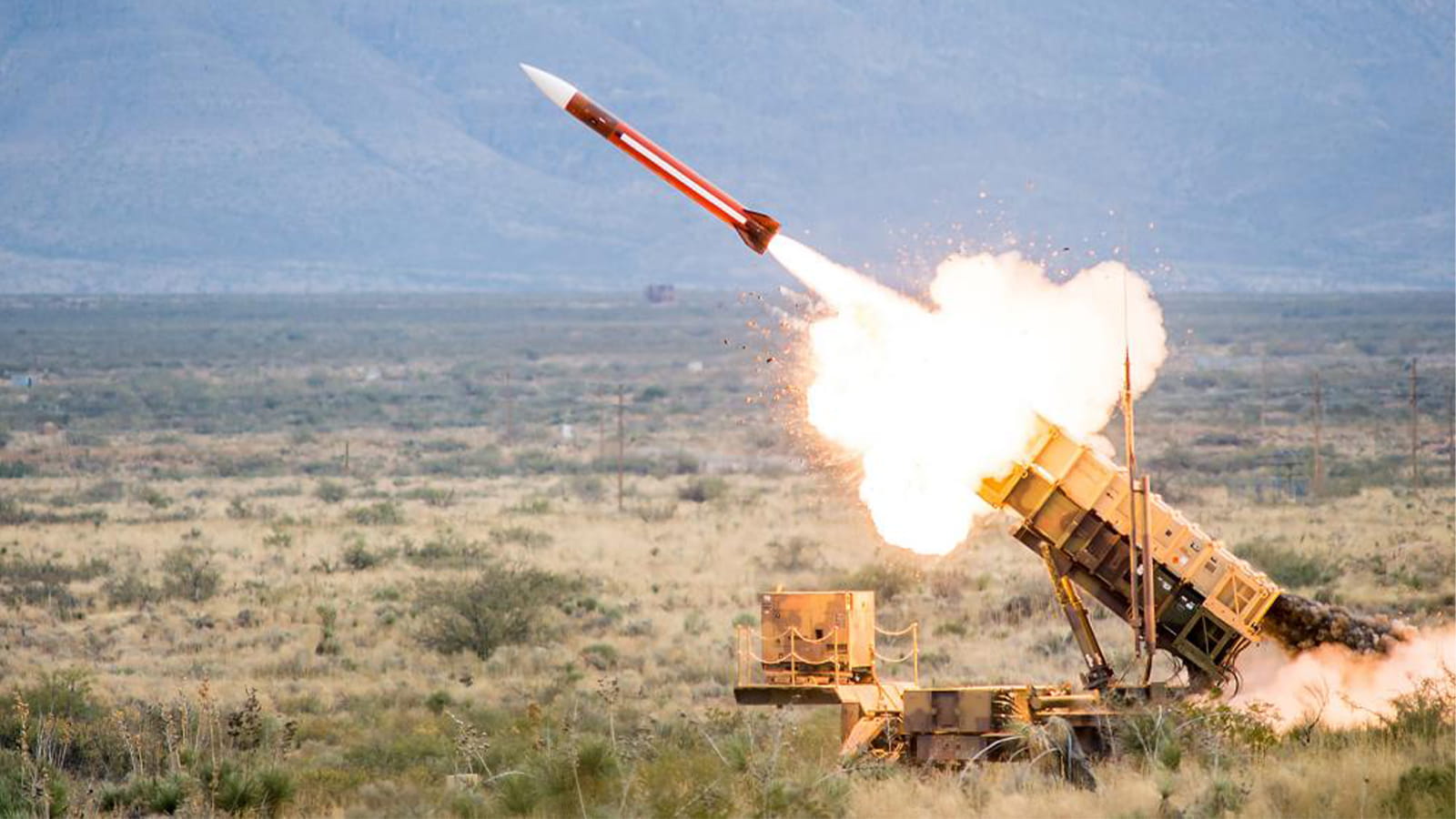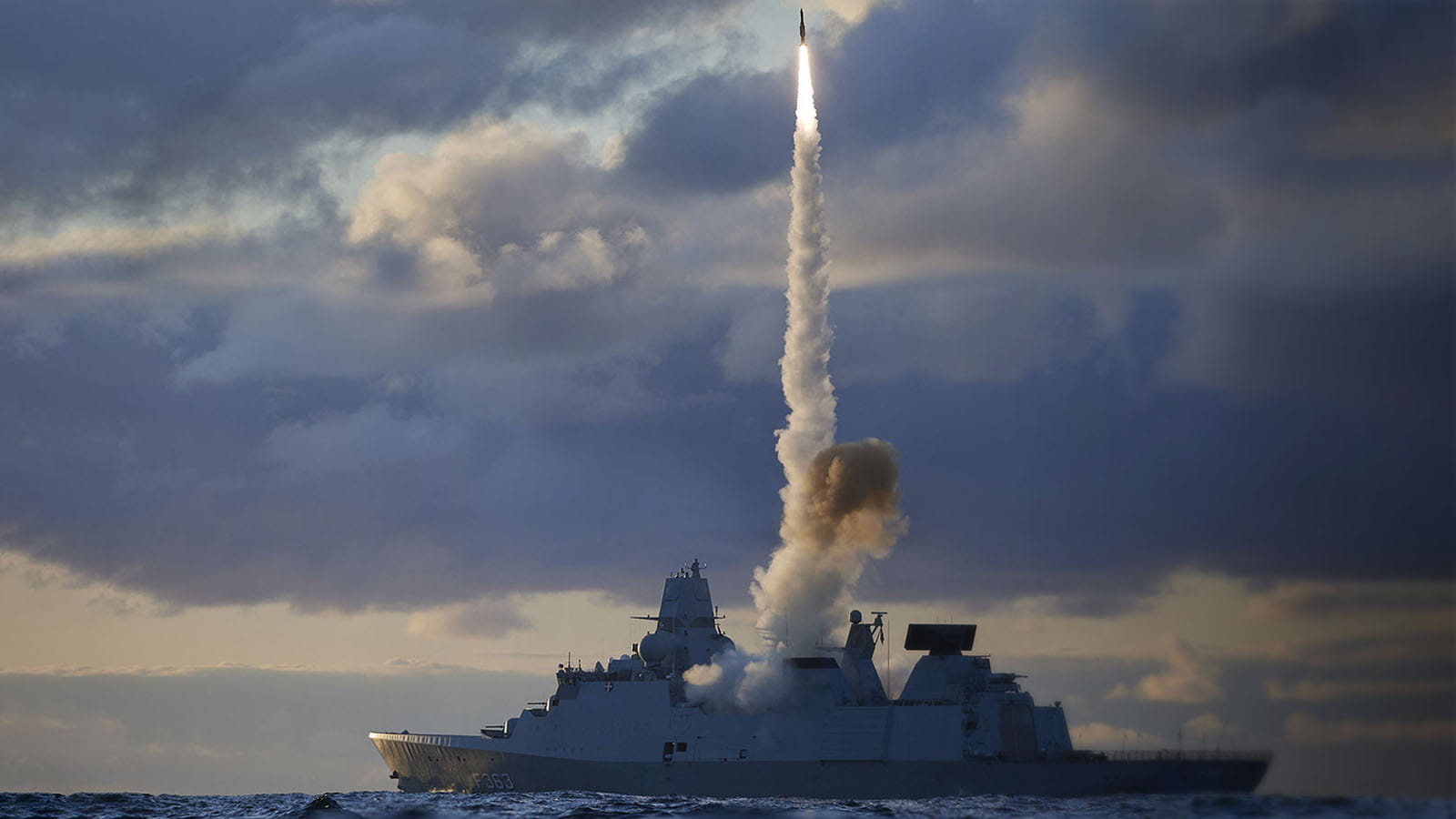Defending the ultimate high ground
New investments and partnerships are key to defending against hypersonics and ICBMs
In a recent interview with Defense News, Jennifer Hubbard, president of Strategic Missile Defense at Raytheon, an RTX business, spoke about defending against hypersonic weapons, the need for a robust and integrated defense architecture, use of modeling and simulation in missile defense, and future defense needs.
Key points included:
Here are some key takeaways from Hubbard’s conversation with Defense News' Marjorie Censer:
What do you see as the biggest challenge in missile defense right now? How has it changed over the last few years with the rise of hypersonics?
The top three challenges in missile defense are the need to:
- Invest in new technology, and in new capabilities for existing systems.
- Partner between industry and government to go faster. The threat is not waiting for us.
- Understand and acknowledge that this really is an urgent threat. The biggest challenge we face is time.
We're seeing a significant ramp-up in the testing and use of ballistic and hypersonic missiles from countries like North Korea, China, Russia and Iran. The threat is setting the pace, and we need to keep up.
The primary defense our armed forces have against hypersonic weapons is the SM-6 missile, which defeats incoming missiles in the terminal or final phase of flight. But this situation isn’t ideal, as it's the last opportunity to neutralize a threat. We need more shots on these advanced systems.
The Glide Phase Interceptor, or GPI, would be the first weapon to take out a hypersonic weapon in the glide phase of its flight, where it's most vulnerable and spends the most time. Raytheon is working to accelerate delivery of this new defensive capability to the warfighter.

Jennifer Hubbard | President, Strategic Missile Defense | Raytheon
What are the key components of effective missile defense? What improvements still need to be made?
Effective missile defense requires a robust, integrated architecture to counter threats at every layer, using new and existing technologies to take down hypersonic weapons.
For regional defense, Guam has the AN/TPY-2 radar, a perfect sensor to rapidly deploy against changing threats. New systems like the LTAMDS and AN/SPY-6 radars offer exceptional sensing capability that can be rapidly deployed to defend against changing threats, both on the island and at a forward-deployed position.
The SM-6 missile is available for terminal defense, and the SM-3 Block IIA interceptor is designed to intercept ballistic missiles in the exoatmosphere (outside Earth’s atmosphere) and can be deployed from land or at sea.
What role does modeling and simulation need to play in developing new missile defense strategies?
Digital tools can help accelerate development and rapid fielding of technologies by finding issues and risks well before hardware is built. We need to do a better job of modeling scenarios like raid attacks, testing out how current and future defenses would respond with these new threats.
Raytheon has invested in a digital engineering tool called RCADE – short for Rapid Campaign and Demonstration Environment – that expands the scope and scale of our defense analysis. RCADE illuminates the big picture so defense leaders can take on their most challenging mission problems across domains, platforms and solutions.
We often talk about the technology of missile defense, but what about operations and training? How have they had to adapt to meet new challenges?
When a new system is introduced to the field, service members must be trained to use it. The AN/TPY-2 radar, SM-3 interceptor and SM-6 missile have been part of the U.S. Army and U.S. Navy for decades and have evolved with the threat. These systems have proven track records; soldiers and sailors know how to use and maintain them, so it’s important to continue their development.
Successful ship-based launches involve more than radar and interceptor technology. Ensuring crewmember safety is critical, and safety boards and the qualification process can be very lengthy, rigorous and expensive. For development of the Glide Phase Interceptor, Raytheon is leveraging its decades of experience in shipboard safety for missile deployment as an important starting point, and then using digital tools like modeling and simulation to improve affordability and speed of safety testing.
We’ve edited this interview for brevity and clarity. The full conversation is available on the Defense News website here.



.png?rev=cf13e077a8fe4562ba44c42863bd316a)
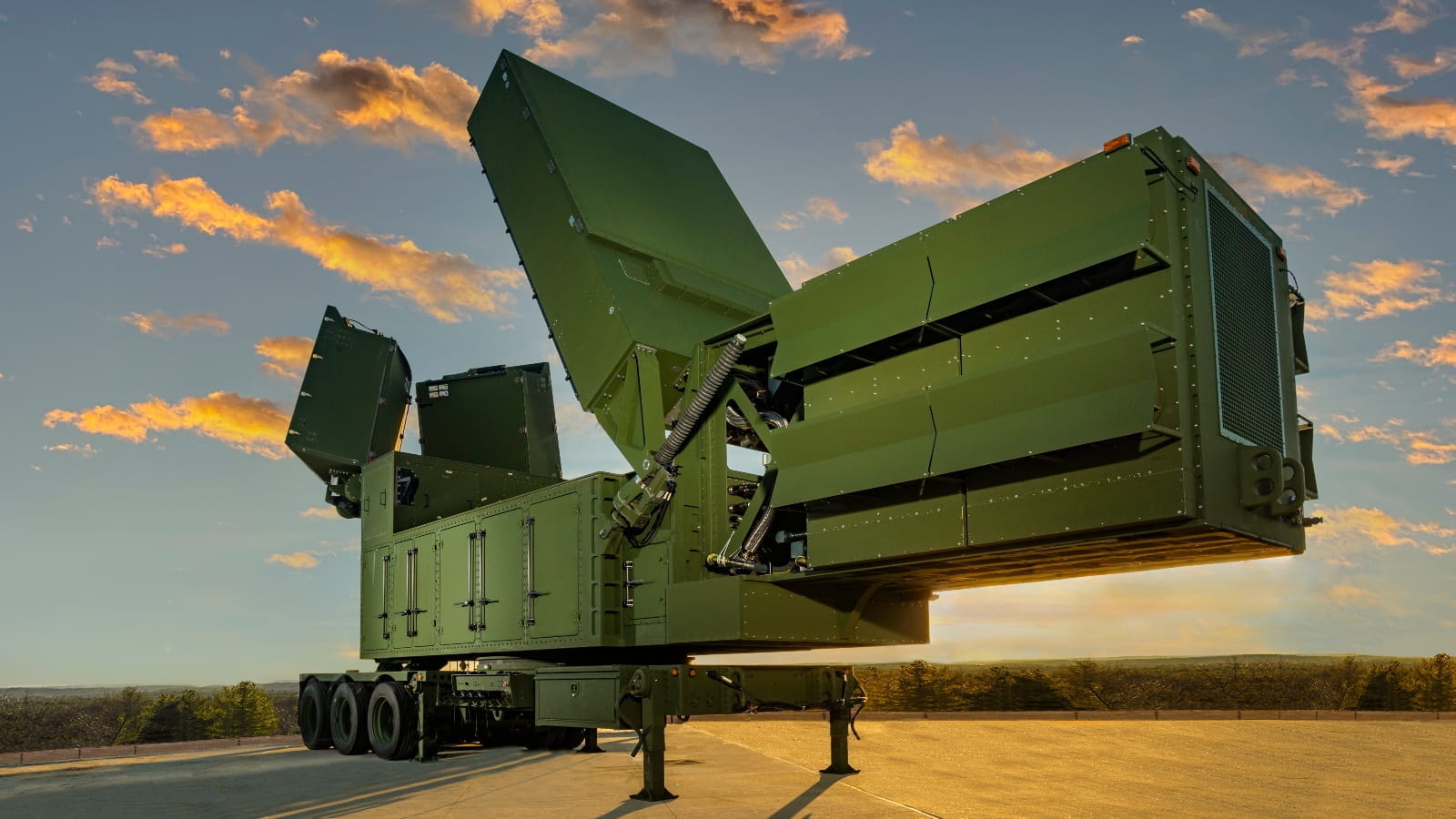
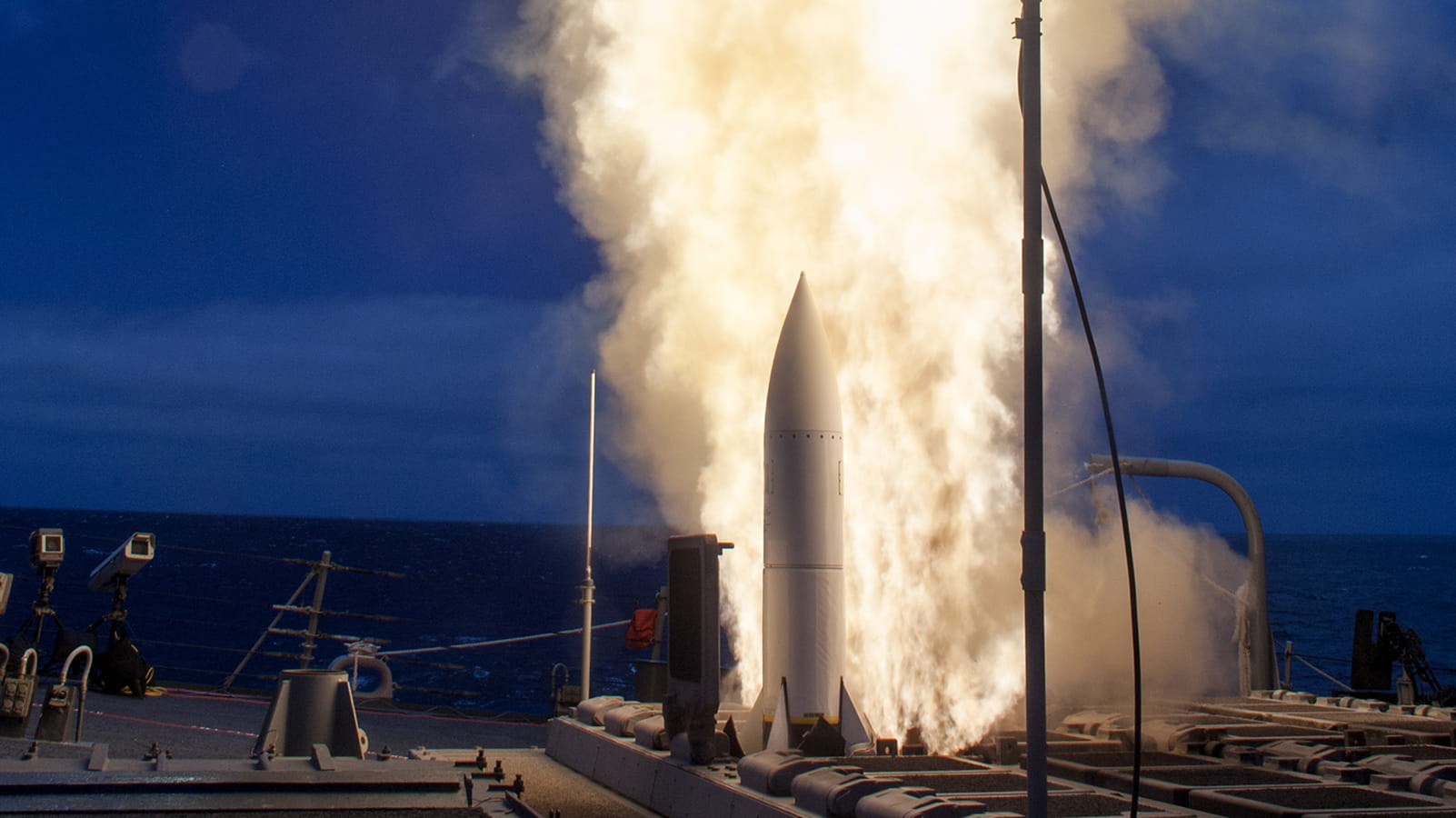
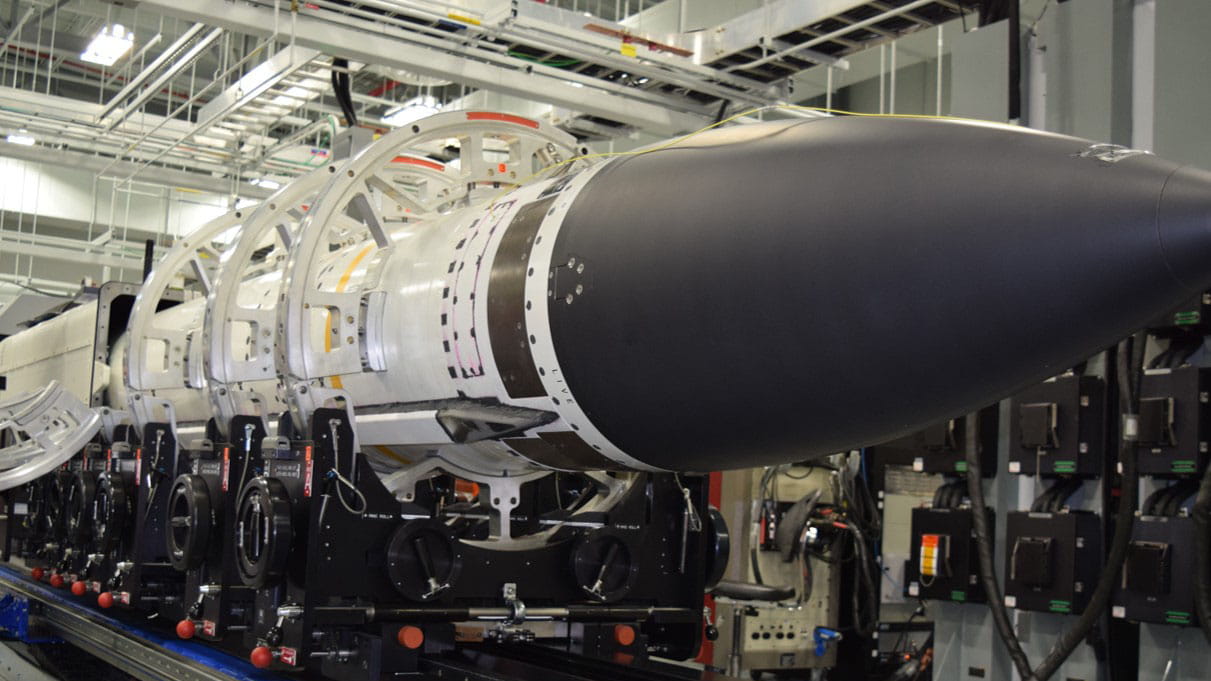
.jpg?rev=10e0d1574e874f20a46b5a589ad78bd6)
